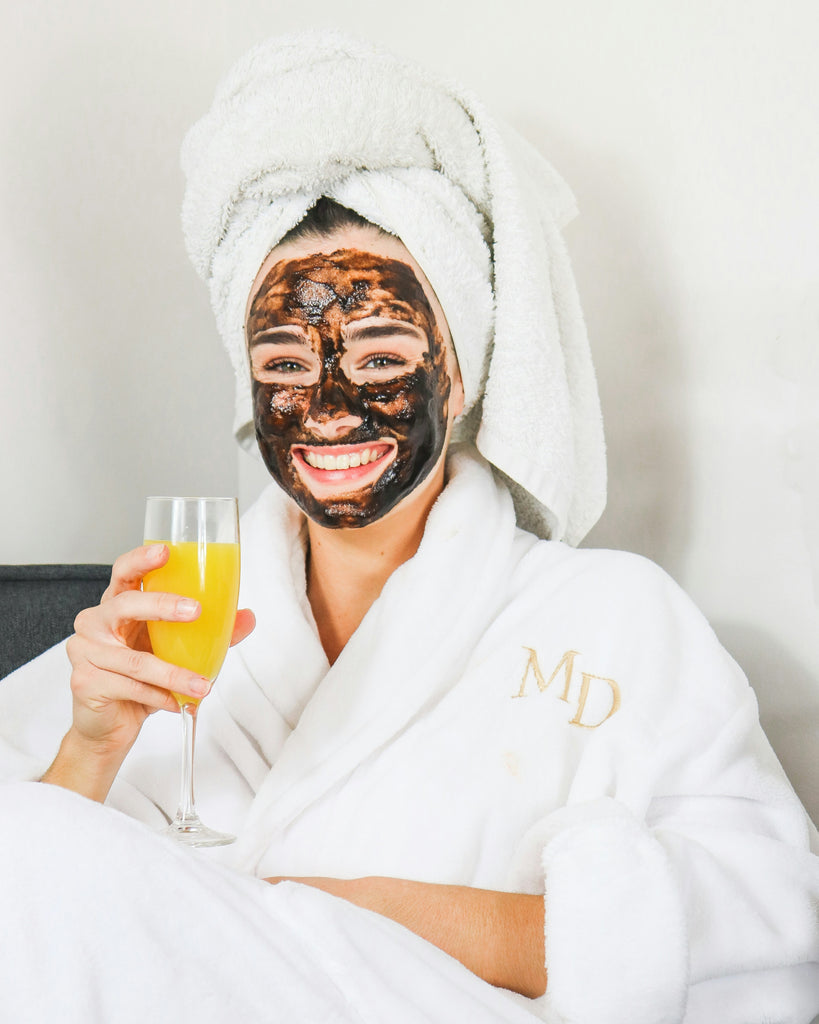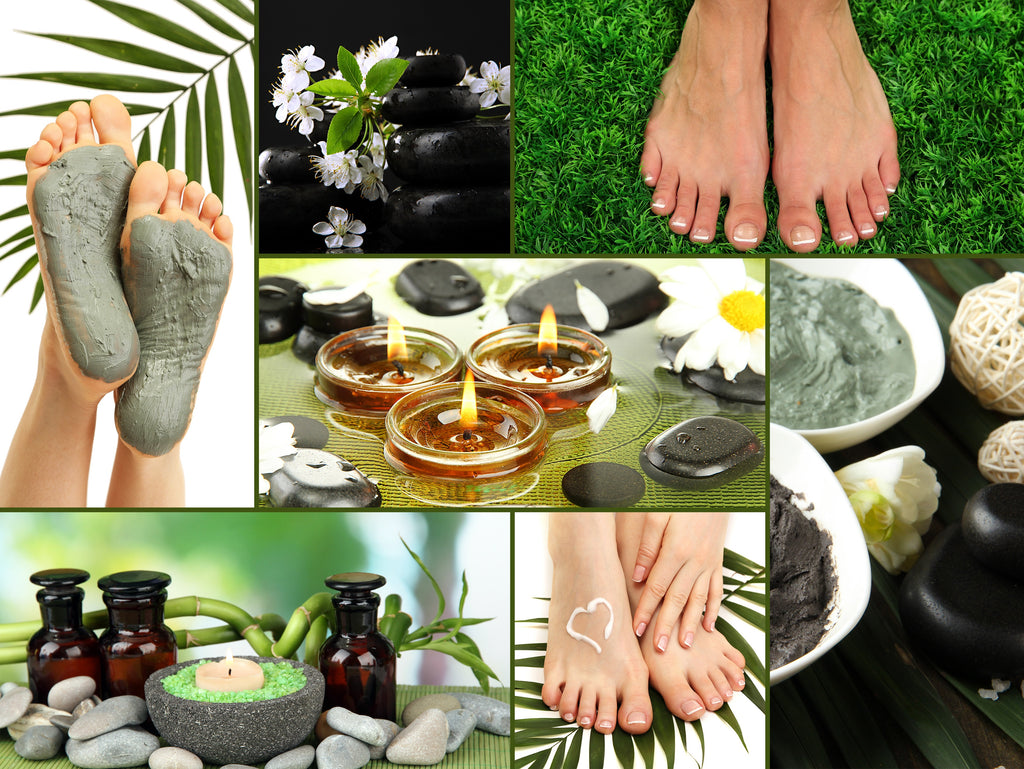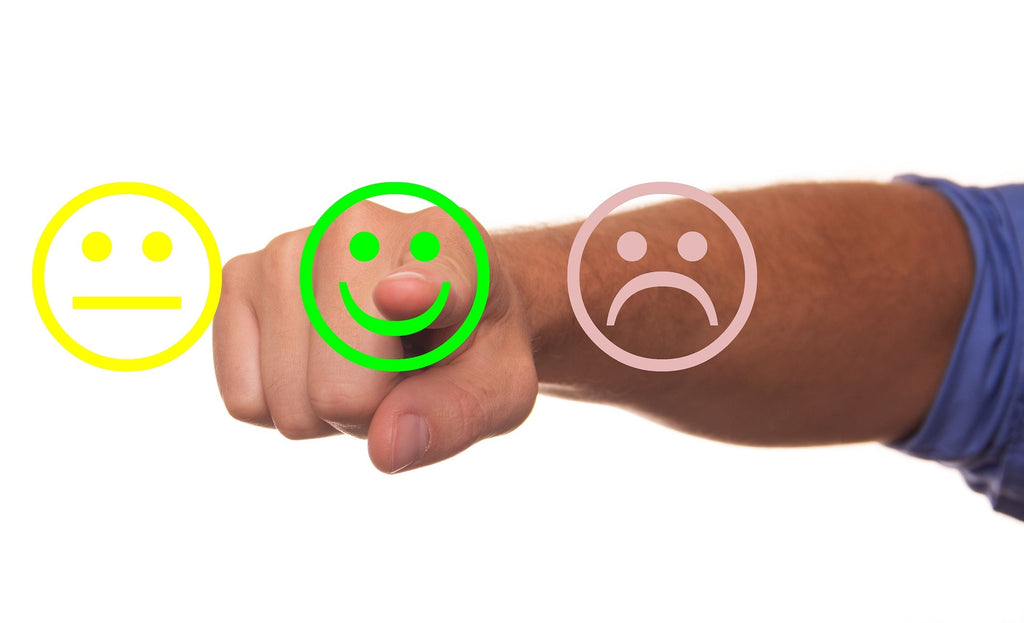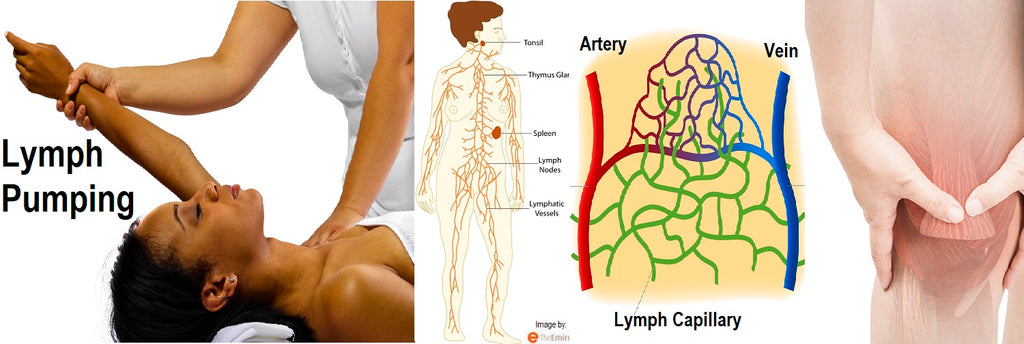Linens and clothing—sheets, blankets, towels, robes and slippers—are items that can be used to separate members from nonmembers.
Luxurious, expensive sheets and robes represent a premium value for members. Your businesses could balance your cost for such luxury items by using ordinary sheets for nonmembers. Provide luxurious robes and slippers for members to change into prior to service, while offering plainer (or no) clothing options to nonmembers.
Sell premium robes and slippers in a retail area, which can help prevent theft. To avoid theft of high-end loaned linens, record a member’s membership number (remember that laminated membership card?) and safely holding a nonmember’s physical ID, such as a driver’s license, when checking out robes and slippers. This provides another point of differentiation between members and nonmembers.
Treatment Space Rewards
Some establishments, such as massage franchises, are custom-built to have similar-sized treatment rooms for all; however, if you find yourself in a unique space, consider which treatment rooms are most desirable.
Desirability might be based on room size, windows and views, lighting, temperature, noise level, decor, flooring and any other perceived benefit. Charge nonmembers more to upgrade to your most desirable room or make their use exclusive to members.
One successful massage-establishment owner started off in an old office building that rented individual offices. She began with one office as a treatment room, then continually added more treatment rooms as her business grew and she hired new staff. Eventually, she grew from one office to occupying two entire floors of offices in a three-story office building.
Because the office building was an old and extremely large Victorian-style building, some rooms were larger and considered nicer than others, some had windows that provided views, and some had proximity to the audible reception area or to a bathroom. The business owner charged nonmembers more for treatments booked in the best rooms while making their use a free benefit to members.
Your best rooms might be those that contain a couch to relax on before a treatment, an electronic massage chair, a mini-bar with flavored waters, or a foot-soak tub, You can provide members with 10 minutes of time in a premium room to relax before their treatment as another benefit of membership.
To learn more, please register for live business training at our school where you share in questions and answers with a live instructor at: https://ceinstitute.com/












